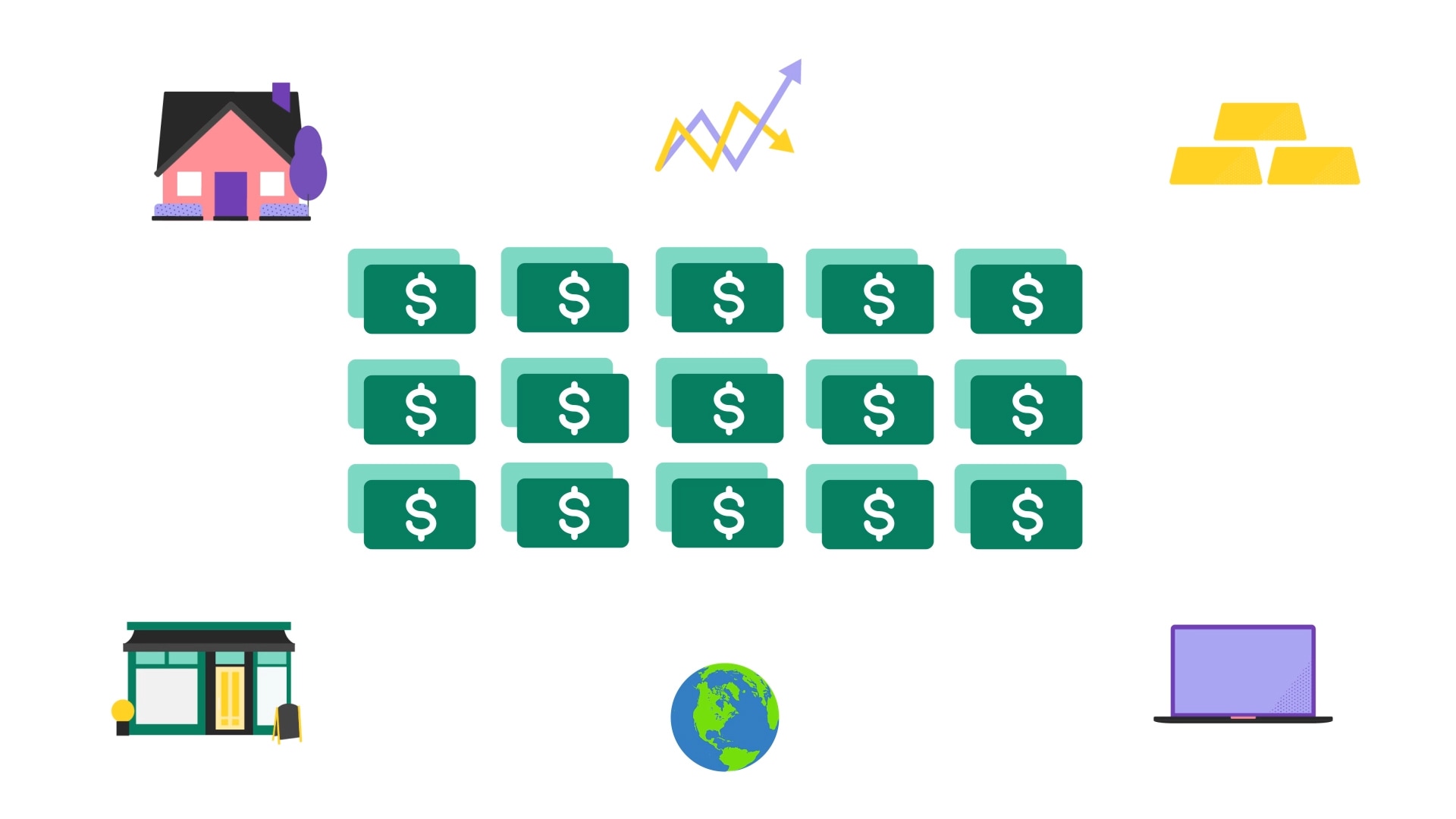As an investor, one of the most important questions that should be flashing across your screen daily is how to reduce your risk in trading stocks. If it was possible to accurately predict market volatility and eliminate the risks in trading, we would all be wildly successful.
The stock market itself is defined and characterized by its volatility. Prices are constantly moving, either up or down. Since it is therefore impossible to eliminate risk, your goal should be to minimize risk as much as possible and maximize gains. This may be achieved by following a risk management strategy.
Watch the video: How to reduce investment risk
Insert heading text
with an optional subtitleYour 5-step guide to reducing your risks in trading
To help minimize your risks in investing in the stock market, here are 5 steps to follow:
1. Diversification
Designed to manage volatility and risk, portfolio diversification is the strategy of owning investments in different asset classes so your exposure to any one type of asset is limited, and your overall risk profile is also reduced.i A diversified portfolio can include individual stocks from different industries as well as bonds, mutual funds, ETFs, global stocks - and more.
Why is portfolio diversification important? It all stems from the thinking of not putting all your investment eggs in one basket because while some stocks are rising, others might be falling. The returns from a diversified portfolio tend to be lower than what an investor might earn if they were to pick a potential single winning stock.ii However, if the price of that one stock falls suddenly, the investor will incur a substantial loss. Portfolio diversification is the golden rule of investing.
For example, in 1987, the market fell by 34% in 33 calendar days and in the other hand, earlier this year, the S&P 500 more than 65%.iii
2. Consider the 2% rule
The 2% rule is an investing strategy where an investor risks no more than 2% of their available capital on any single trade.iv The “two percent rule” ensures that the investor’s portfolio is not severely damaged when the market goes against the trades. The 2% is considered a permissible risk level.
This is in line with one of the cardinal guidelines in trading - never risk more than you can afford to lose. Many beginners overlook this rule because they assume that it won’t happen to them.
3. Stay well informed
It’s important to understand the variables that lead to market volatility. Factors such as interest rate decisions, trade wars, economic reports, quarterly earnings reports, and some other economic events could cause massive movements in the market.
Having a basic understanding of these factors and staying well-informed will help to reduce your risks in investing. You can get access to a wealth of current research about the markets to help you confidently determine your personal investment strategy.v
4. Be consistent and do not be over-confident
Some investors, especially beginners, assume that just because they’ve made a few winning investments, the next set of trades is going to be profitable. They get overconfident and increase the size of their positions as soon as they’re making profits. You can suffer heavy losses, should the market suddenly change direction.
The way to avoid this is not to make assumptions and keep your risk consistently in line with your overall plan.
5. Set realistic goals
Another means of reducing risks in trading is by setting realistic goals for a return on the initial investment. Setting a profit goal that is too high can cause excessive risk-taking. When investors are underperforming against a high-profit benchmark, they’re more prone to taking bigger risks to reach their objectives. This could result in heavy losses.
Final tips: Factors to avoid when trading the stock market
• Emotional investing
Don’t let feelings and emotions like panic, impatience, fear, or over-reaction influence how you trade. The same applies to being excessively attached to a particular stock. The bottom line is, you can’t influence what the stock market does, but you can control how you react to it.
• Bottom fishing or timing the top
Bottom fishing strategy is dedicated to trying to “catch” a stock at its lowest price.vi Conversely, there’s timing the top during a market rally. Predictions of any kind always come with a degree of risk in the stock markets. These two approaches are no different. Fact is, no one truly knows where the market will go in the future.
• No clear plan
Your investing strategy should include more than “make lots of money in the stock market.” A seasoned trader will have an entry and exit strategy. They’ll know the amount of money they plan to invest. And the amount of money they’re willing to lose. While still staying watchful for fresh opportunities in the market, they will follow a clear game plan.
Bottom line
Learning how to reduce your risk in investing is paramount to long-term viability and success in the markets. As an investor, it is important to keep an eye on the return on your investment. It is perhaps more important to keep a closer watch on the return of your investment.



